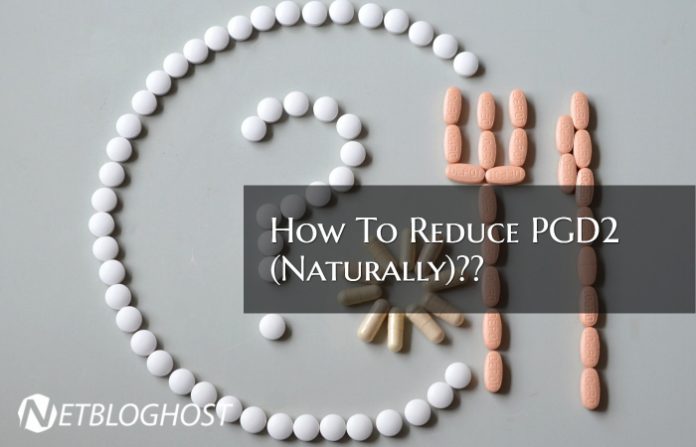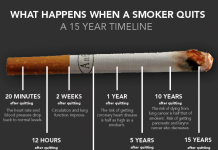Change Your Diet
PGD2 is derived from arachidonic acid, which is an omega 6 fatty acid.
Omega 6 fatty acids are found predominantly in cooking oils (think: canola, olive, safflower, sunflower, and corn), but are also prevalent in many processed foods. They’re considered to activate many pro-inflammatory pathways in the human body.
Going Back To Asthma: Linking Together PGD2, Arachidonic Acid, and Diet
As you ingest higher levels of arachidonic acid, you might also increase the expression of pro-inflammatory messengers in the body – like PGD2. This can lead to a variety of chronic ailments, one of which is asthma.
Conversely, omega 3 fatty acids seem to bolster an anti-inflammatory effect. These fatty acids are found in quality seafood – like wild salmon, scallops, and oysters.
A balance of omega 6 and omega 3 fatty acids help to optimize proper inflammatory responses. Unfortunately, in the case of most first-world diets, people over-consume omega 6 fatty acids and under-consume omega 3 fatty acids.
This was recently evidenced in a large-scale study on children’s diets from 2010. Researchers found that children who ate 3+ burgers a week were at a higher risk for asthma, whereas children who ate more fish and fruits were at a much lower risk.
What’s important to note isn’t that these children were eating burgers… It’s that these children were eating a higher ratio of omega 6 to omega 3 fatty acids (~15:1), and thereby more likely to over-express PGD2 and other inflammatory biomarkers (the indicator being their asthma symptoms). The end-result of prolonged PGD2 expression: breathing problems. The children eating a more balanced ratio omega 6:3 ratio (~4:1) likely expressed less PGD2, and were thereby protected from asthma.
Eat Less Omega 6, Eat More Omega 3
So, if you’re worried you might be over-expressing PGD2, you may want to consume more polyunsaturated omega 3 fatty acids, and consume fewer polyunsaturated omega 6 fatty acids. Doing so might benefit other inflammatory conditions in your body, and even your hair health.
And if you wanted to take this a step further, you can even make efforts increase PGE2.
The One-Two Punch: Decrease PGD2, Increase PGE2 – All Naturally
Remember that the best prostaglandin-related regrowth results so far have been achieved by decreasing PGD2 and increasing PGE2.
We already know that a diet that restricts omega 6 fatty acids may decrease PGD2 expression. But did you also know we can increase PGE2 expression naturally too?
Here to increase PGE2 expression:
Get into the sun as often as possible.
UVB radiation has been shown to upregulate PGE2 expression. All you need to do is start getting into the sun during peak hours of UVB exposure. In doing so, you’ll increase vitamin D and PGE2 expression – which may help tremendously in preventing hair loss (and even regrowing some hair).































